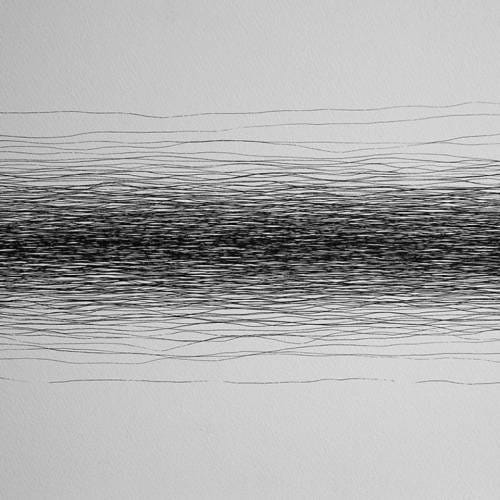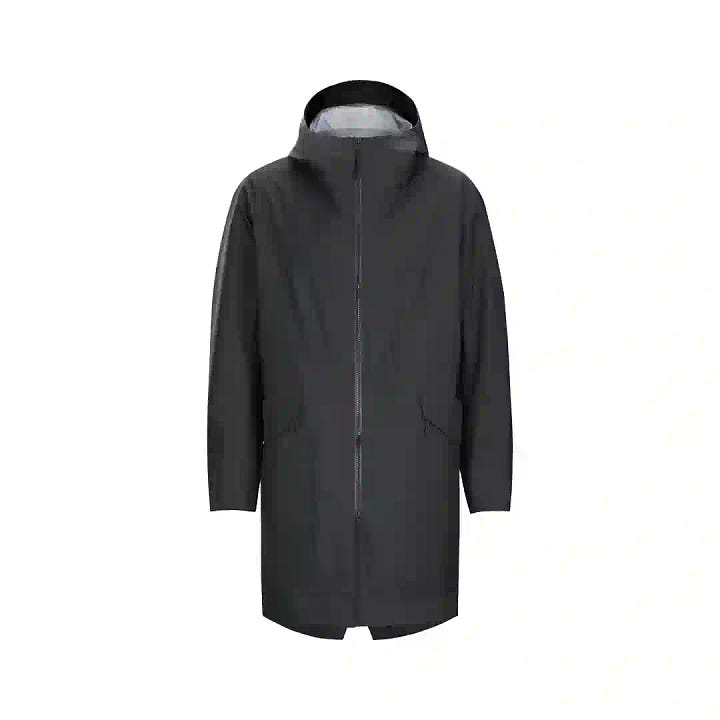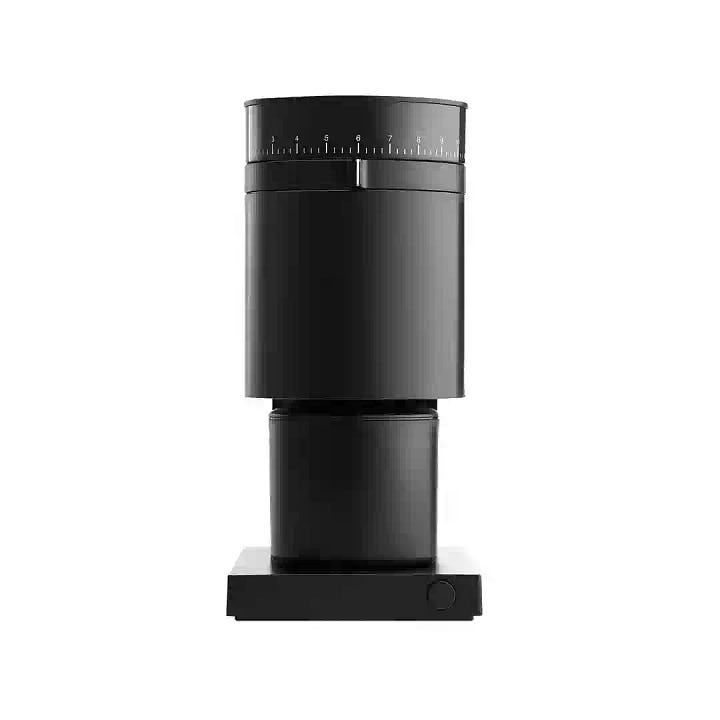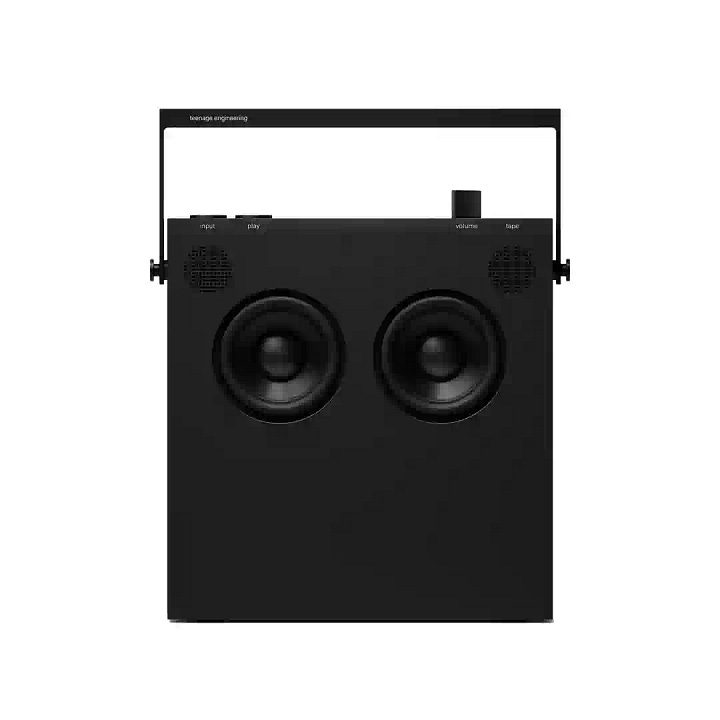“The space in which we live should be for the person we are becoming now. Not for the person we were in the past.”
— Marie Kondo
00: Living for others
Minimalism Life’s premium edition continues with an essay on living for others—on the quiet power of shifting the center away from the self.
We live in a time when the self has become both compass and mirror, shaping nearly every decision we make. From the ways we vote to the ways we rest, modern life continually reminds us to protect, refine, and center ourselves. But what happens when the first and final question we ask is always about us? We explore what it might mean to turn outward—to live not less personally, but more relationally. To move through the world with regard for others, to listen before acting, to see the self not as the center, but as part of a larger whole.
This essay reflects on how such a quiet reorientation could change not only how we live, but how we belong.
Support and subscribe for $5/month or $50/year to read the full essay when it lands on November 5. Plus, unlock our growing archive of reflections on simplicity, intention, and what it means to live with less.
Stop the scroll
Accidentally, I found a hack to stop mindlessly scrolling my phone—and I feel compelled to share it.
It’s said that about 40% of our behavior happens on autopilot. For example, you can easily hold a conversation while you walk because moving your legs happens automatically. Or you can brush your teeth while listening to an audiobook because that movement no longer requires much thought.
Likewise, without deliberately deciding to do so, you might automatically grab your phone, unlock it, and start scrolling. Even typing in your password has become an automated movement. Before you know it, you’ve lost ten minutes of your life. You realize that aimless scrolling wasn’t what you intended to do, so you put your phone away and return to what you really planned. But those ten minutes (or thirty) are nonrefundable.
For me, this usually happens when there’s a slight feeling of boredom or uncertainty—a moment in between tasks, a small gap of time when I should be refocusing on the next thing. Or when there’s a task I’ve been putting off, like writing a difficult email. But mostly, it happens when there’s a small window of undedicated time. It’s as if my mind grabs onto a busy activity. My favorite apps are specifically designed to become mindless habits.
Accidentally, I found a hack to stop this from happening—to snap out of automatic zombie mode.
I used my phone as a coaster for a bottle of water I was drinking. (When taking this picture, I piled up some more random objects that were at hand: a cup, a lipstick, a concealer, a candle holder.) So when that open time gap came, there was a physical barrier in place that interrupted the habitual grab-unlock-scroll movement. With my other hand, I had to remove the bottle first. It completely broke the subconscious routine and forced my mind into a deliberate, rather than automatic, state.
It gave me a split second to consciously think about what I was doing—and it made me realize that I didn’t even want to grab my phone. Like, why? What for? Why was I grabbing my phone?
It was an epiphany—followed by a little anger from realizing how manipulated our behavior is. How our attention is stolen. It felt like an infringement on my free will. I realized how much control these apps have, even over the physical movement of my arm.
Don’t get me wrong, I love Instagram. I think it’s a magical, creative place. However, I want to experience it mindfully. This was a dopamine loop I was trapped in. (I even have the urge to check my phone right now, because I uploaded a picture about 30 minutes ago. Thanks for the heart emojis, everyone—they release little shots of dopamine into my bloodstream.)
So, back to the method for interrupting this behavior: put a physical barrier in place—or more. Pile it up. Build a tower if you need to. Or, better said, add more steps—an extra security check, if you will—before these apps can access your mind and attention.
When you’re tearing down that tower, it will have to be deliberate, off autopilot, because you chose to check a specific app, send a message, or reply to an email. Not because of the dopamine loop Facebook Inc. installed in your subconscious.
Words by Ivania Carpio
01: Journal
Read entries from the archive of the Minimalism Life® community journal
We get to choose: a minimalist life may not be what everyone is seeking...and that’s OK
Words by Karen Weissert
Minimalism: pros and cons: from external possessions to internal fulfillment
Words by Nate Grant
Hard choices: on the power of letting go
Words by Carl Phillips
Share your story
Do you have an interesting story you would like to share on minimalism.com? We want to read about it. You have the opportunity to write about your experience of how minimalism has impacted your life and get your words published in our community journal.
02: Minimal art
From our curated gallery




03: Minimal design
Explore our list of curated design resources
A conversation with Hee Welling (interview)
100% functional == beautiful (article)
04: Minimal lifestyle
Explore our list of curated lifestyle resources for simple living
Low-tech magazine (magazine)
Atoms: atomic habits app (tool)
05: Shop
Discover our hand-picked minimalist products in the Minimalism Life® shop




06: Brands anchored by simplicity and sustainability
Minimalism can mean frugality and owning less, but it can also mean supporting ethical brands with sustainability at their core. Here are a few you might find interesting—just remember, clothes are not an investment.
Steele & Borough: vegan, lightweight and water repellant bags
Void Watches: simple Swedish timepieces
Meller: minimal shades
Wahts: minimal monochromatic menswear
Floyd: Unique and distinctive travel cases
Mismo: bags and accessories from natural materials
Discover more minimal brands on minimalism.com
